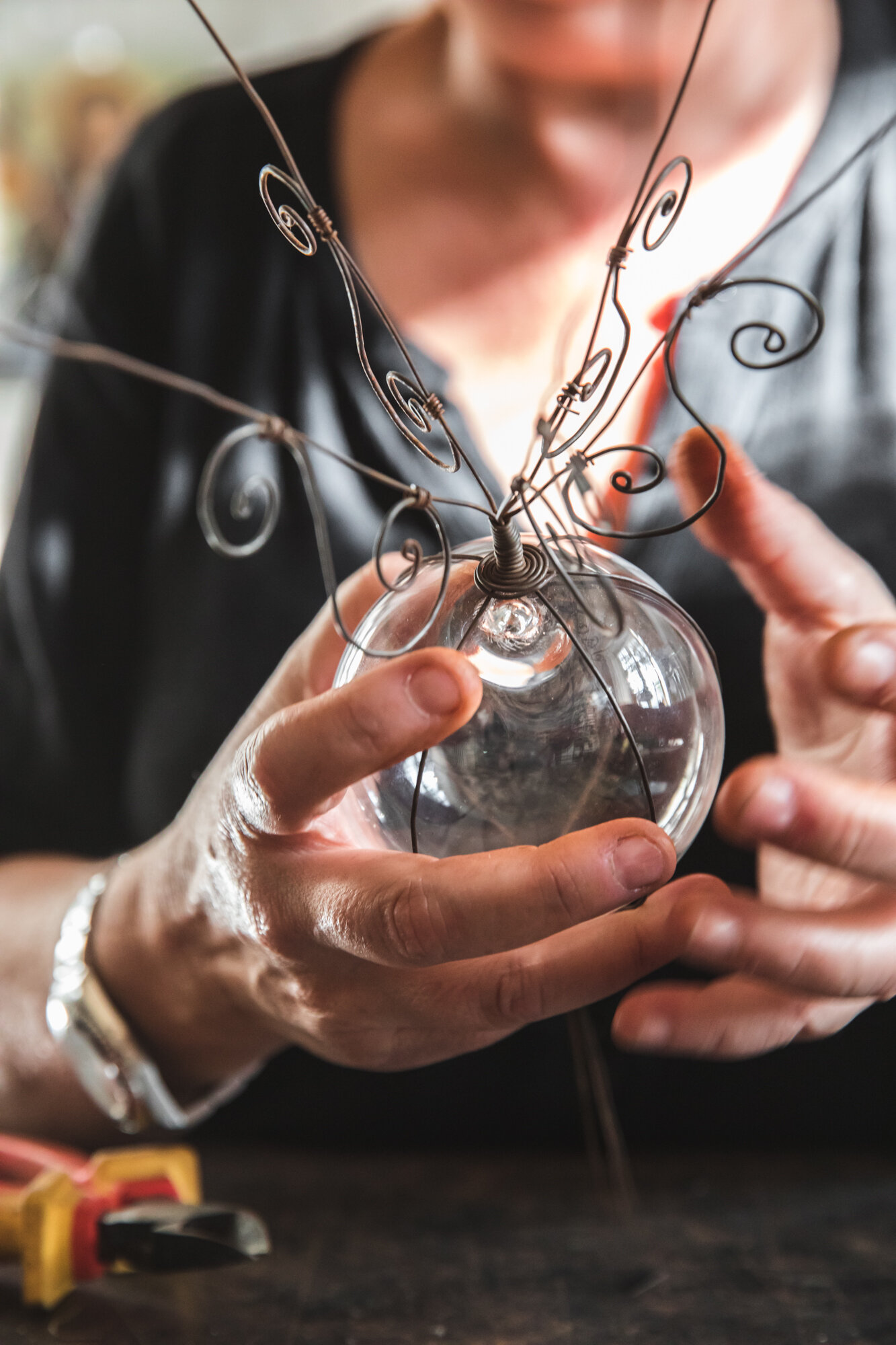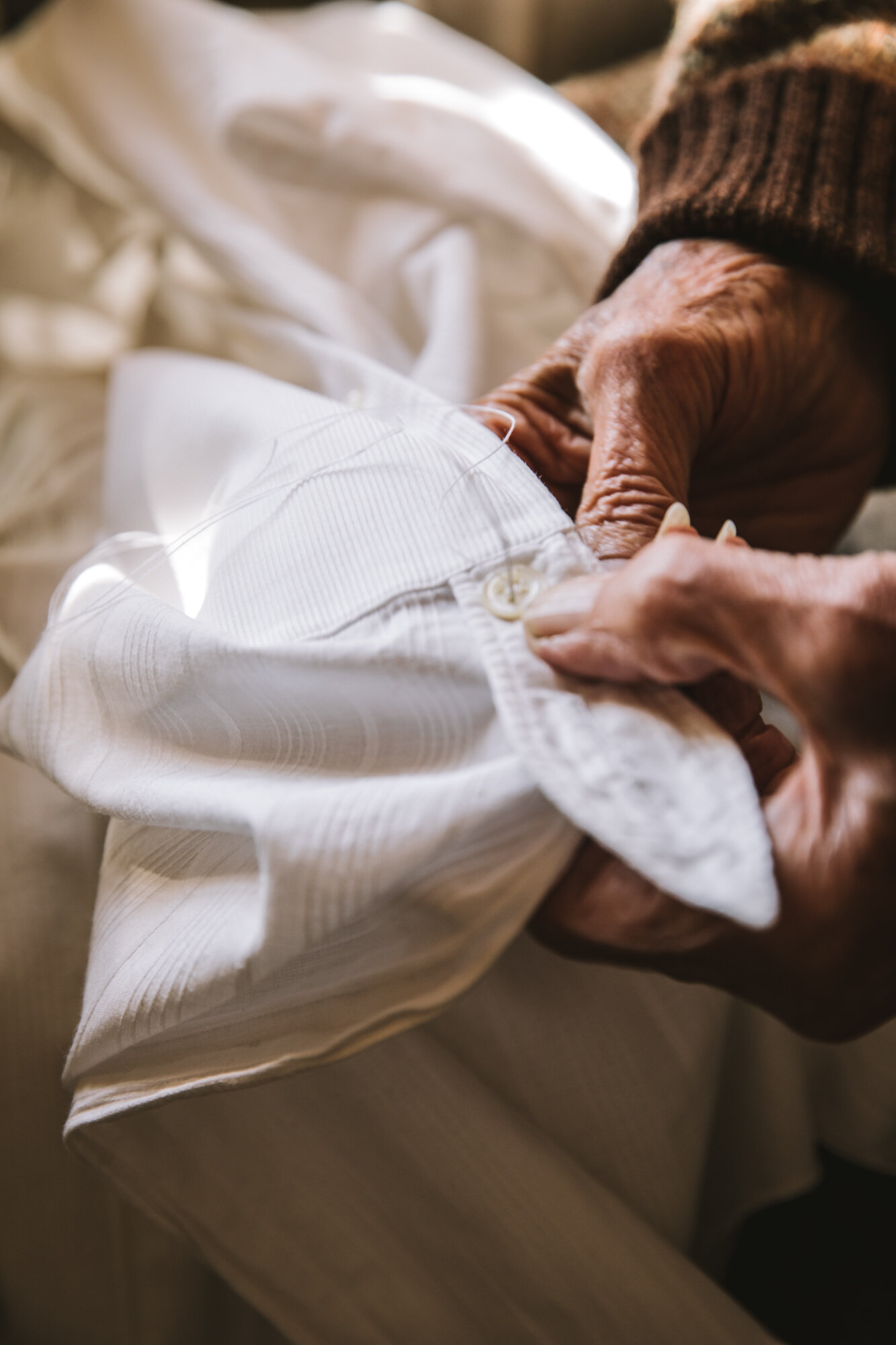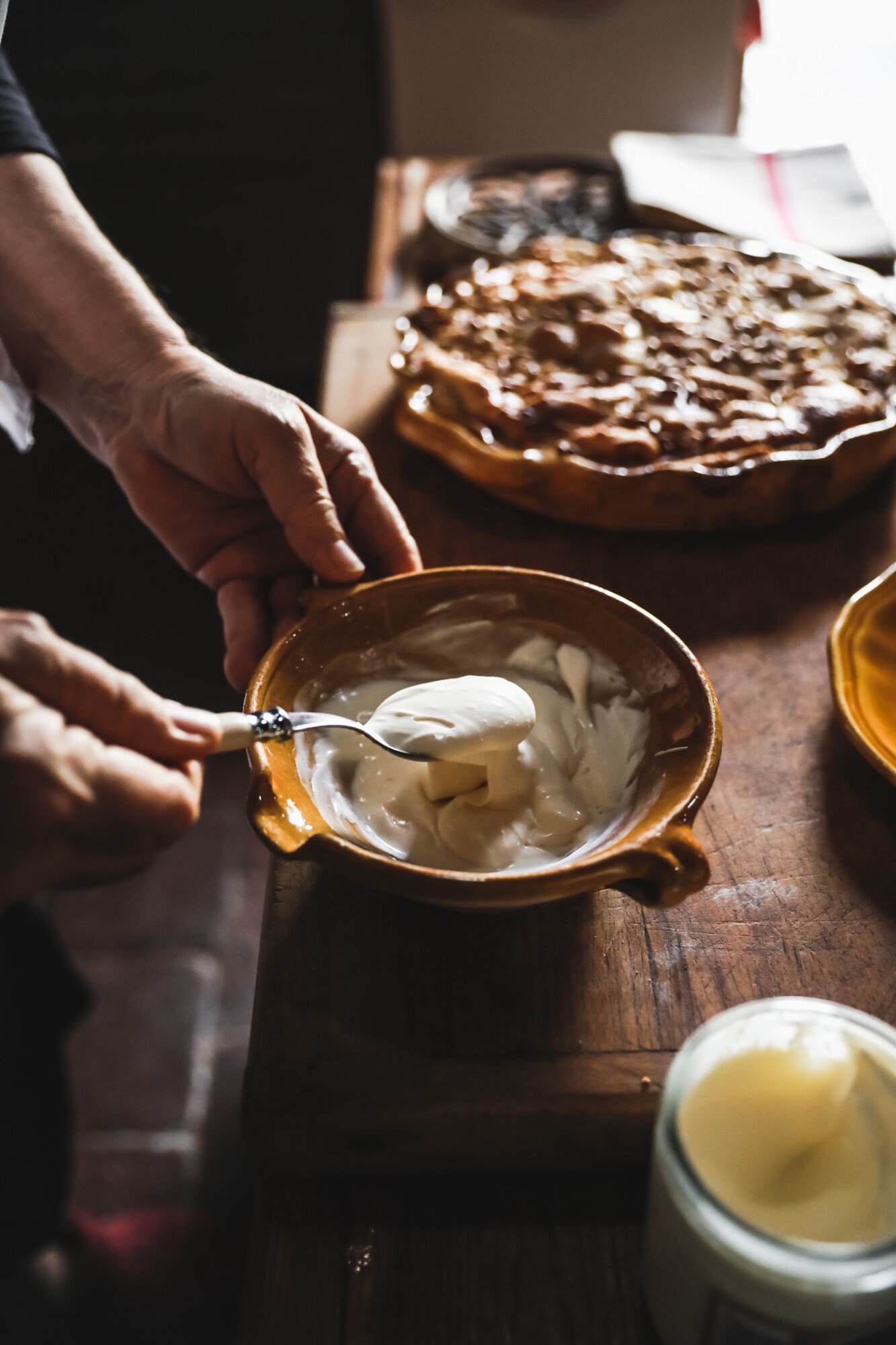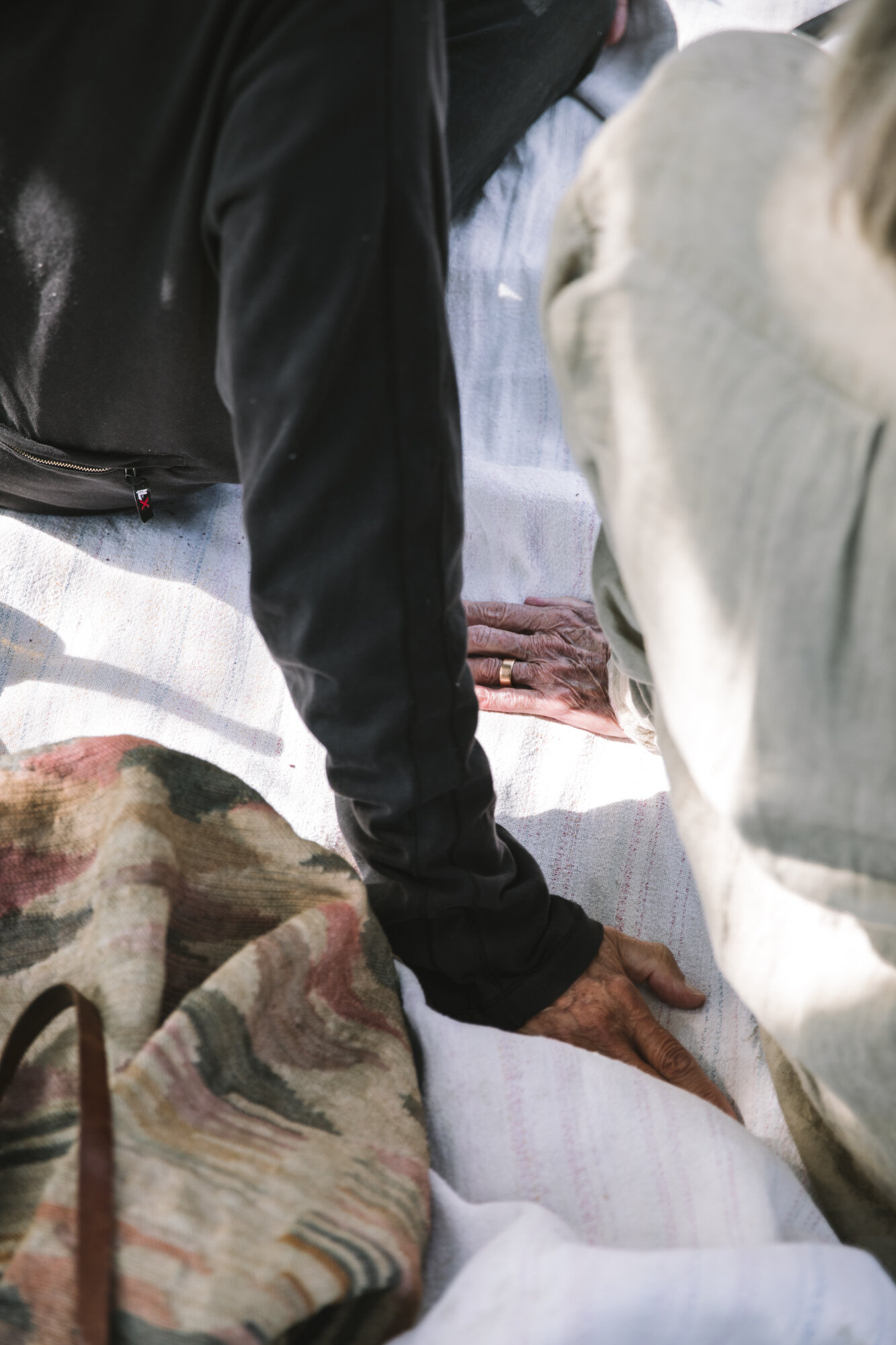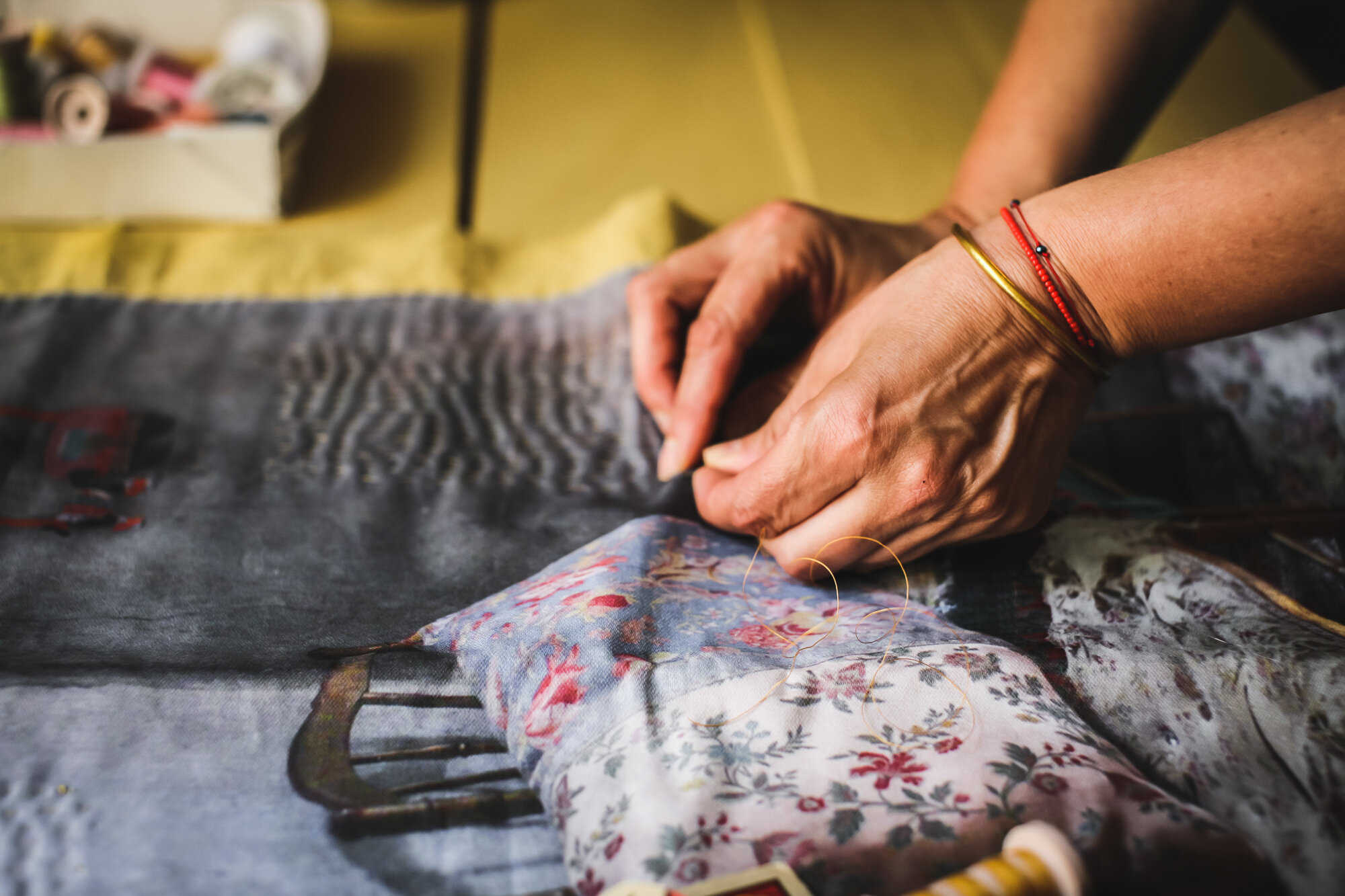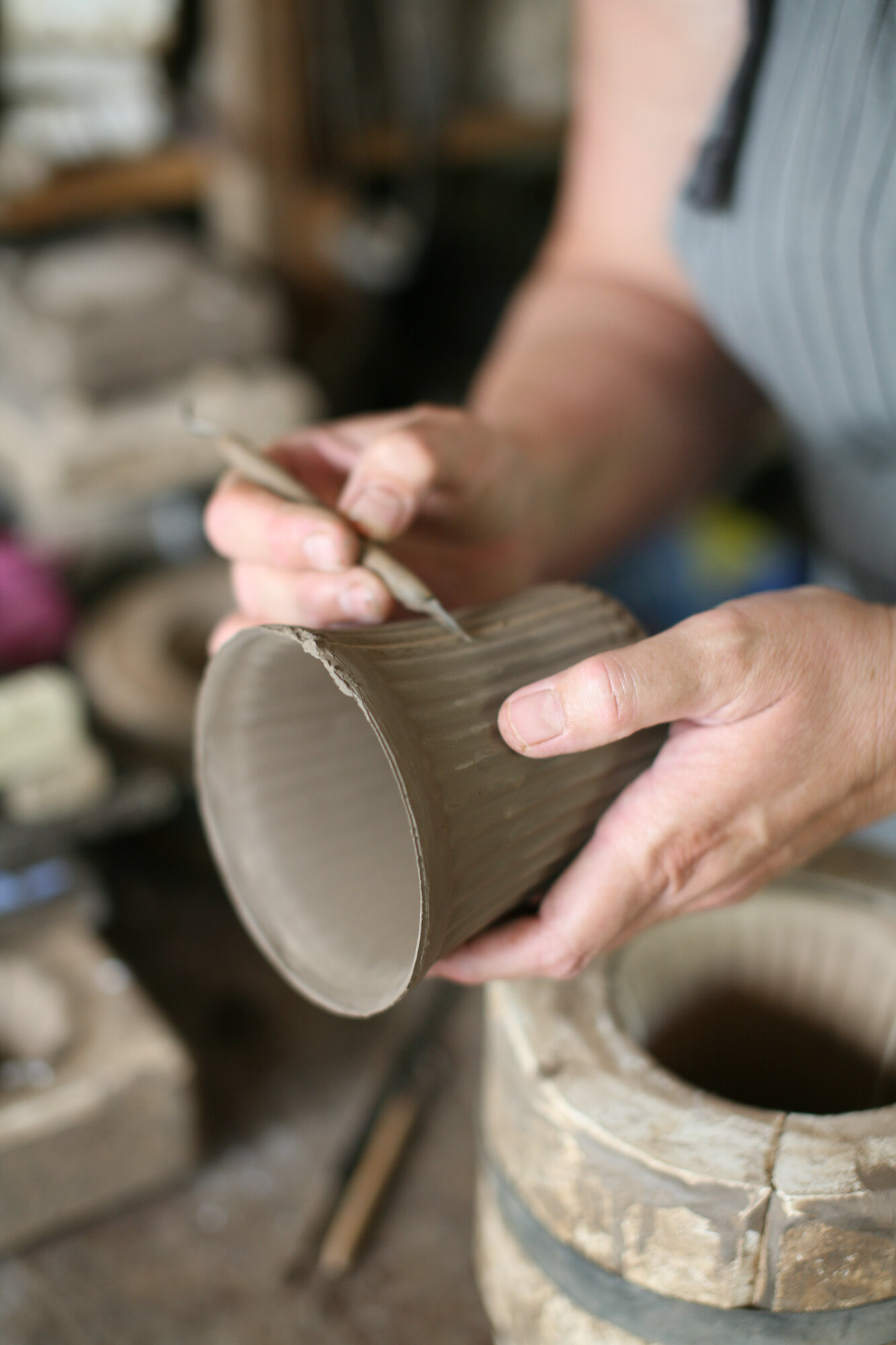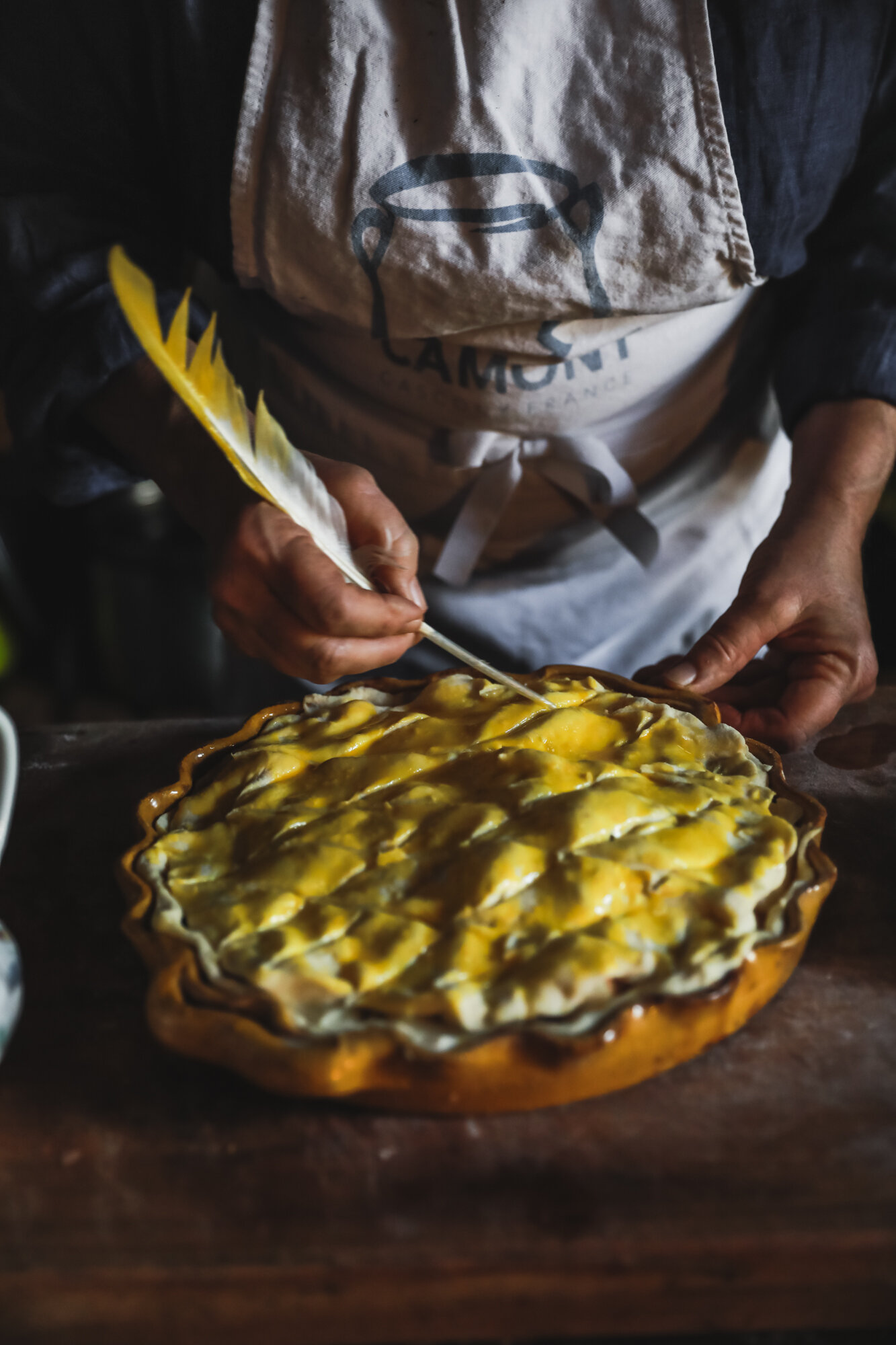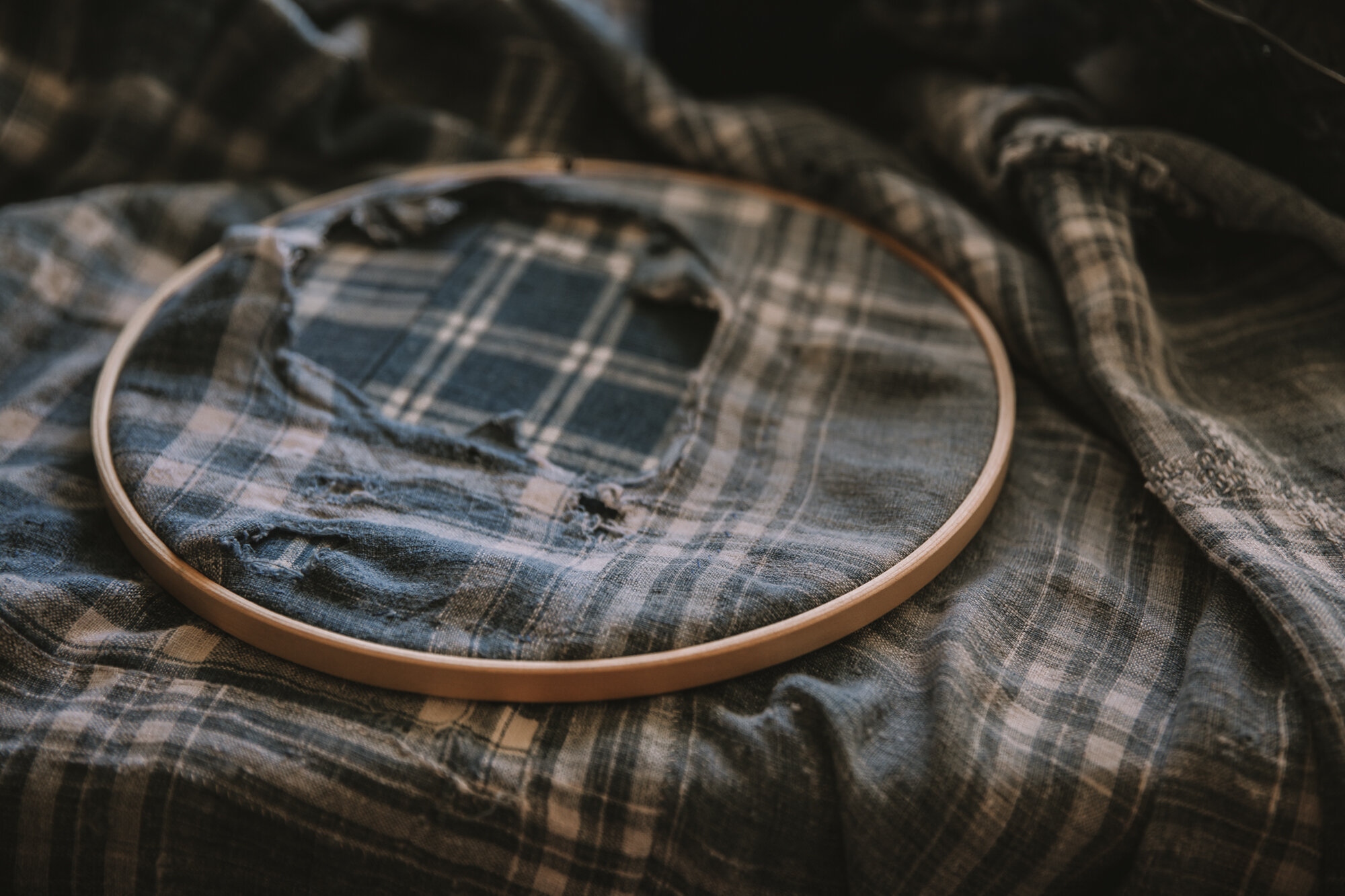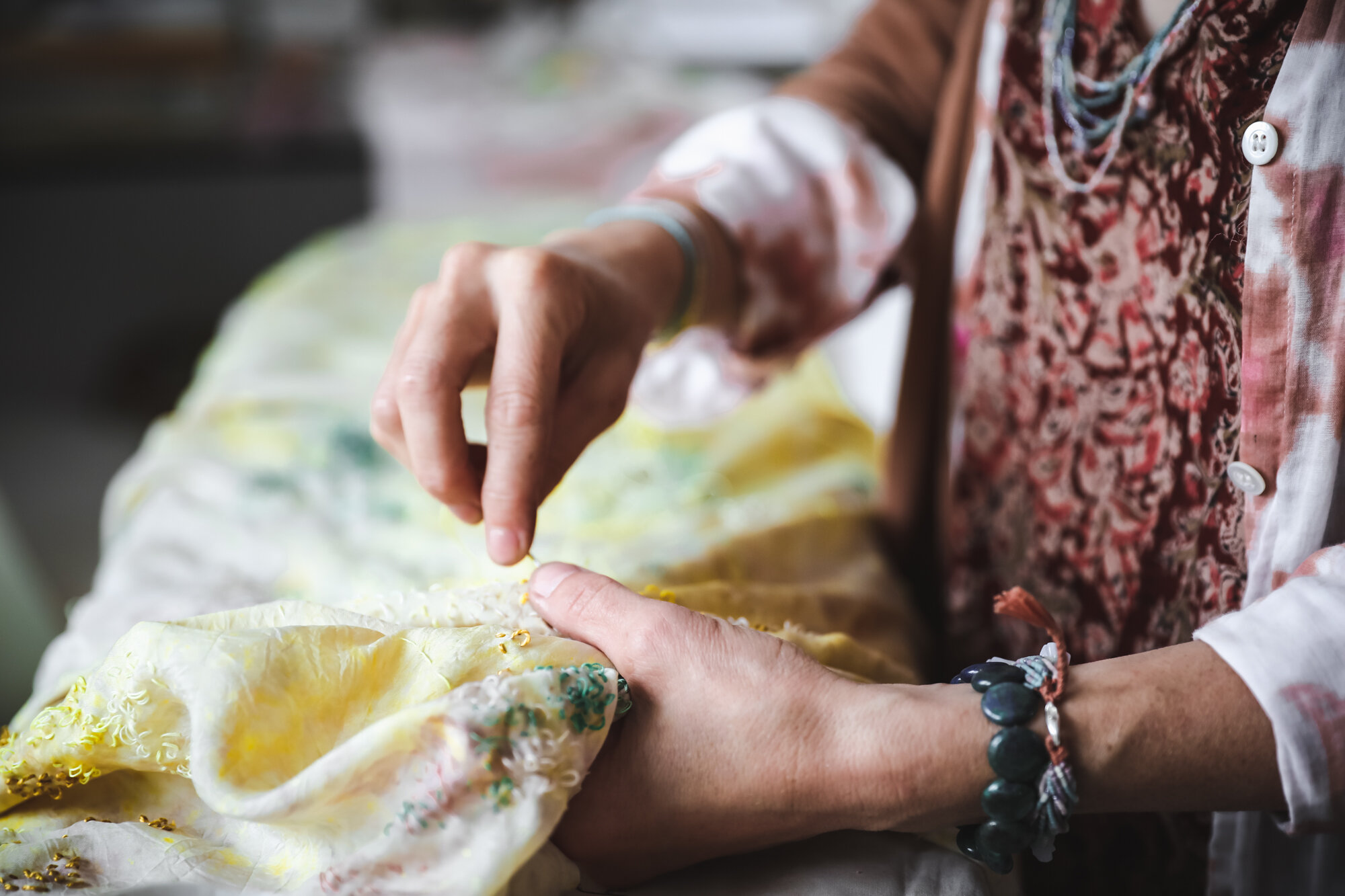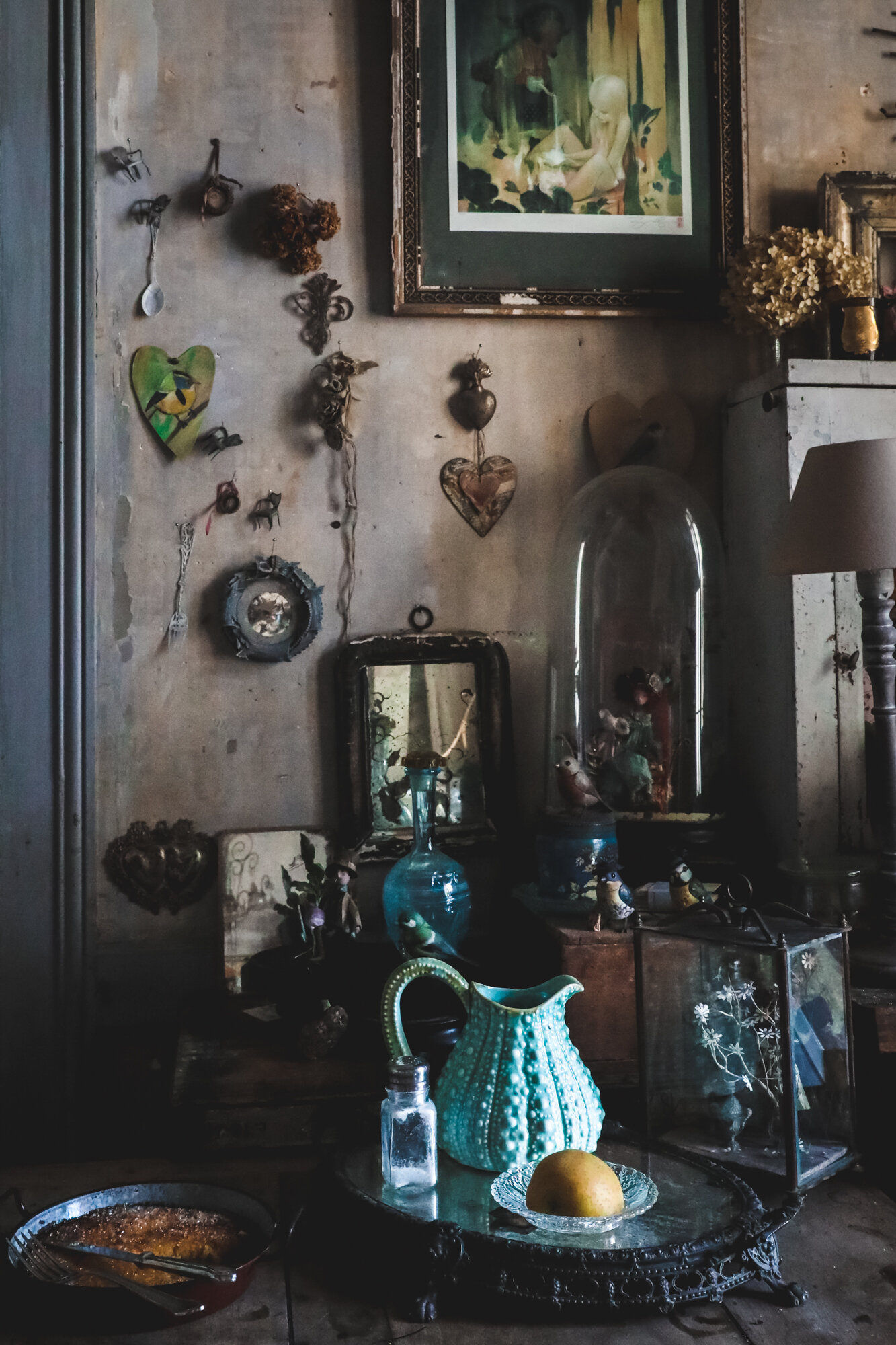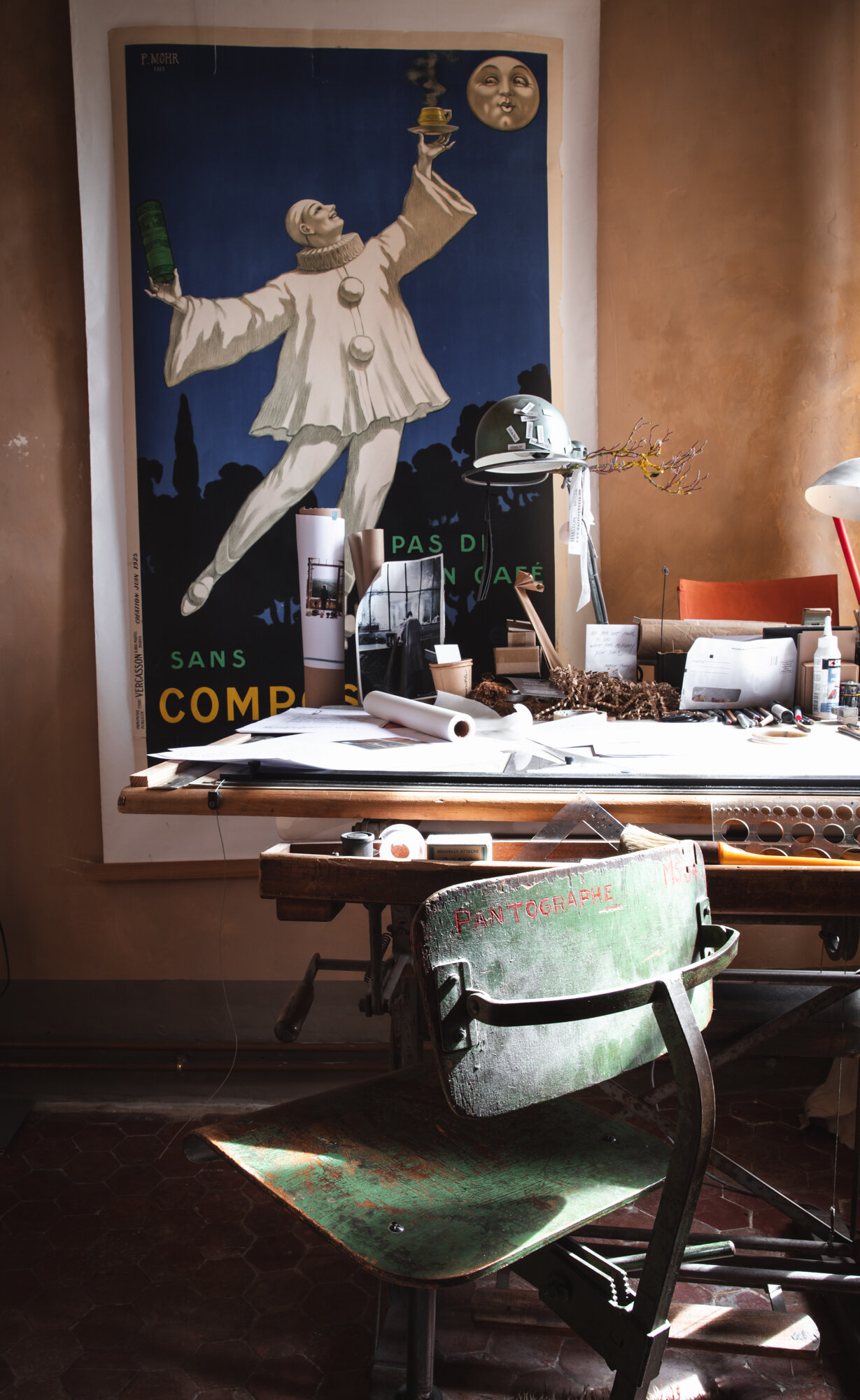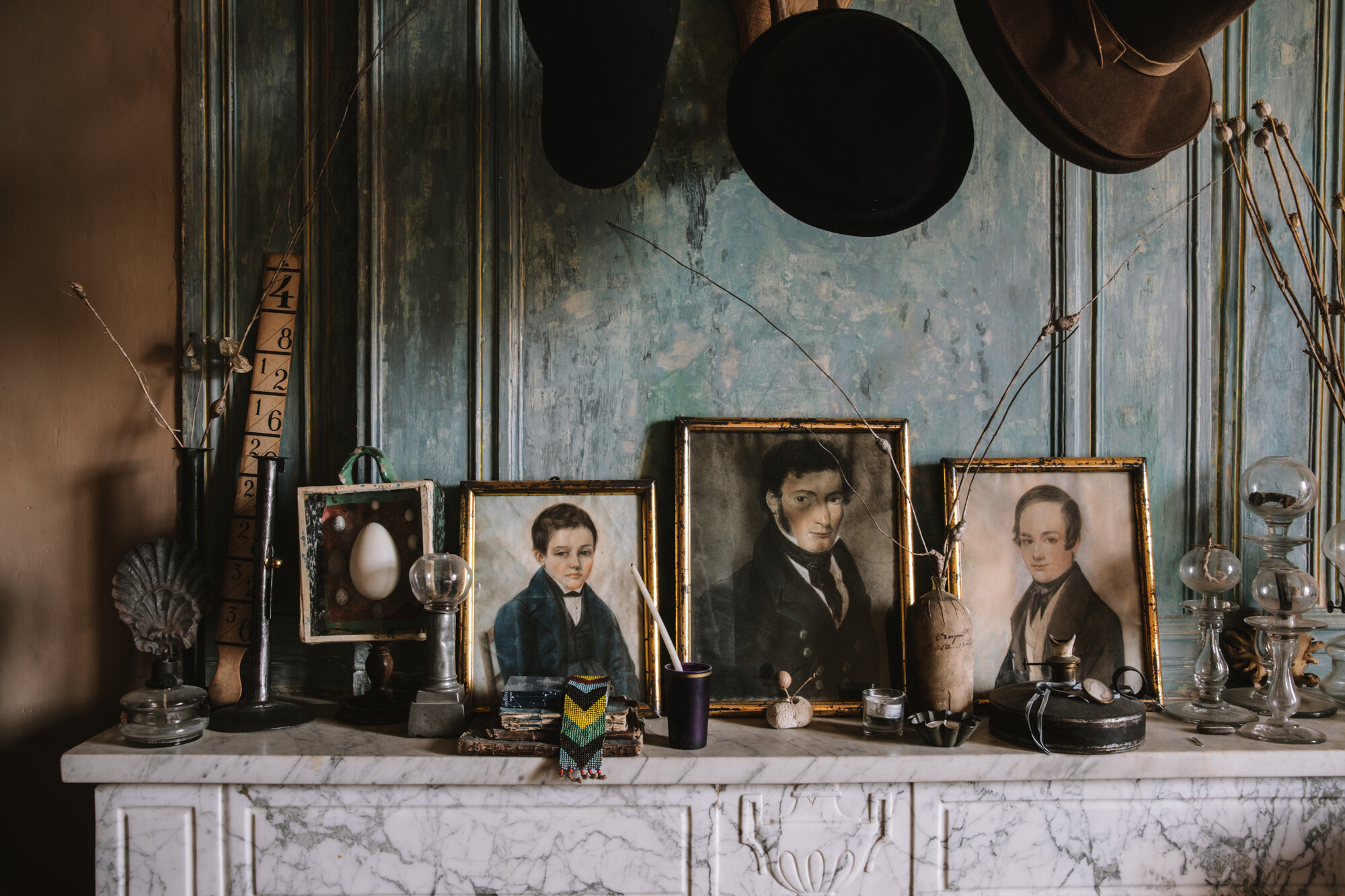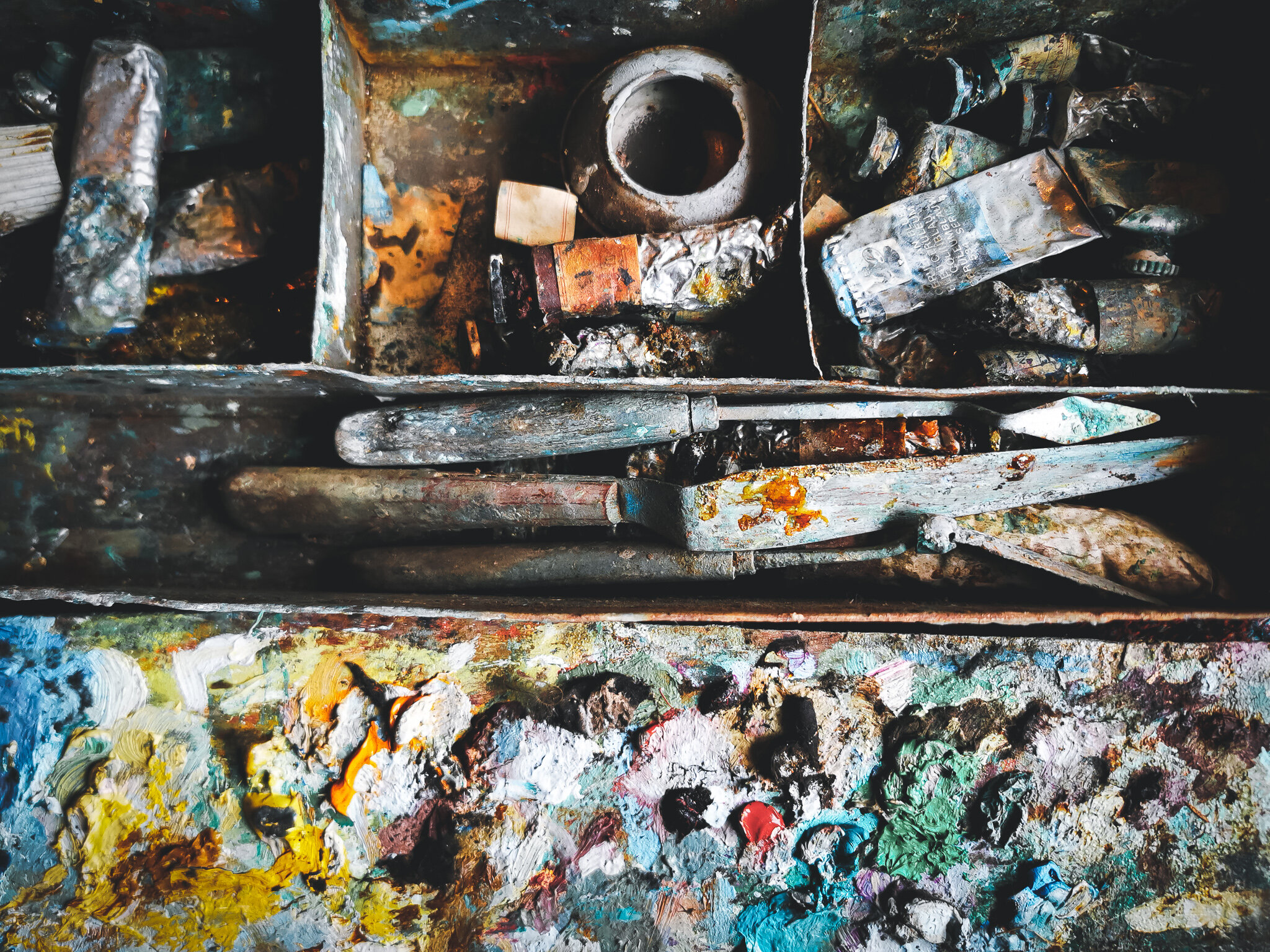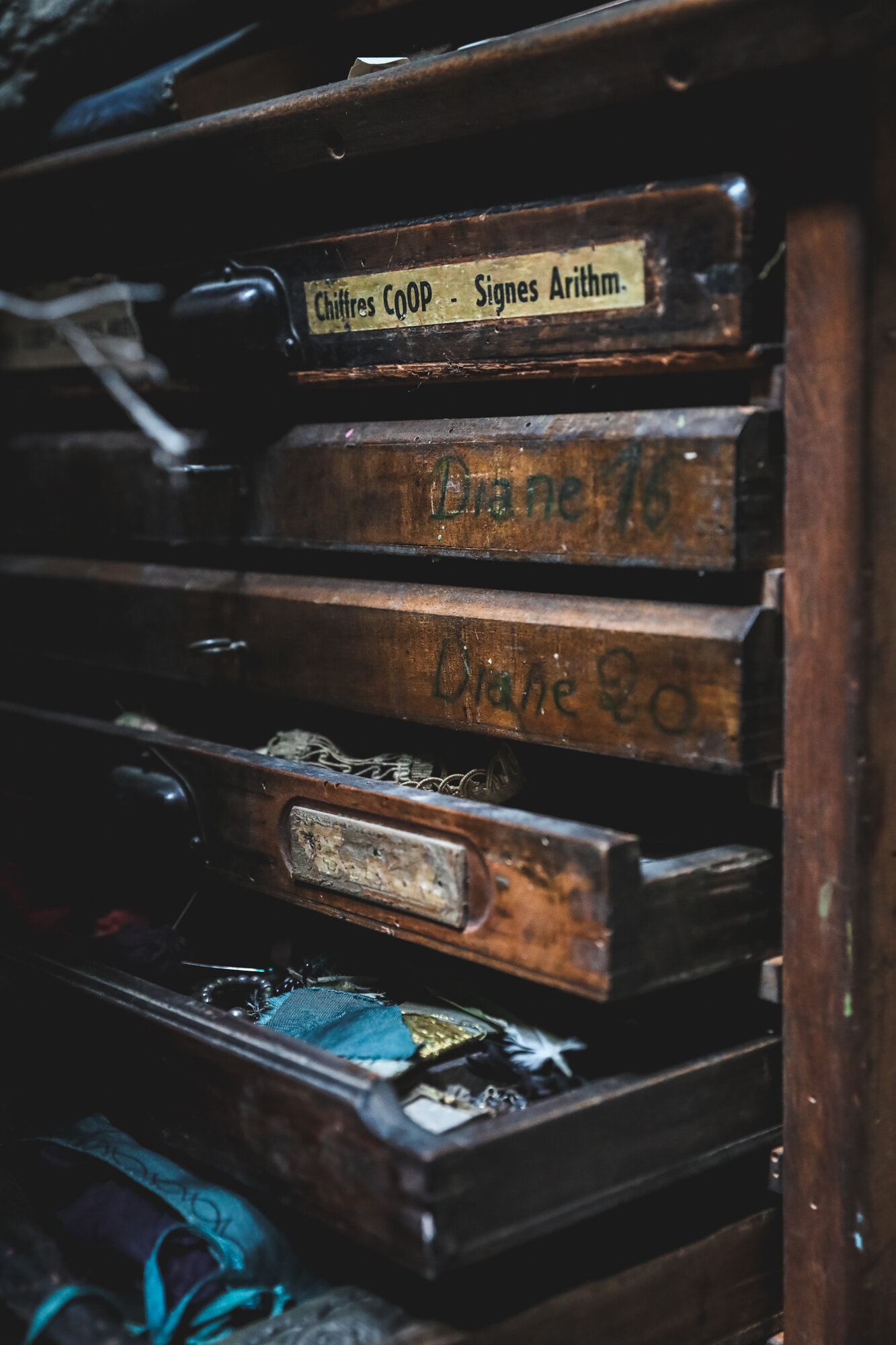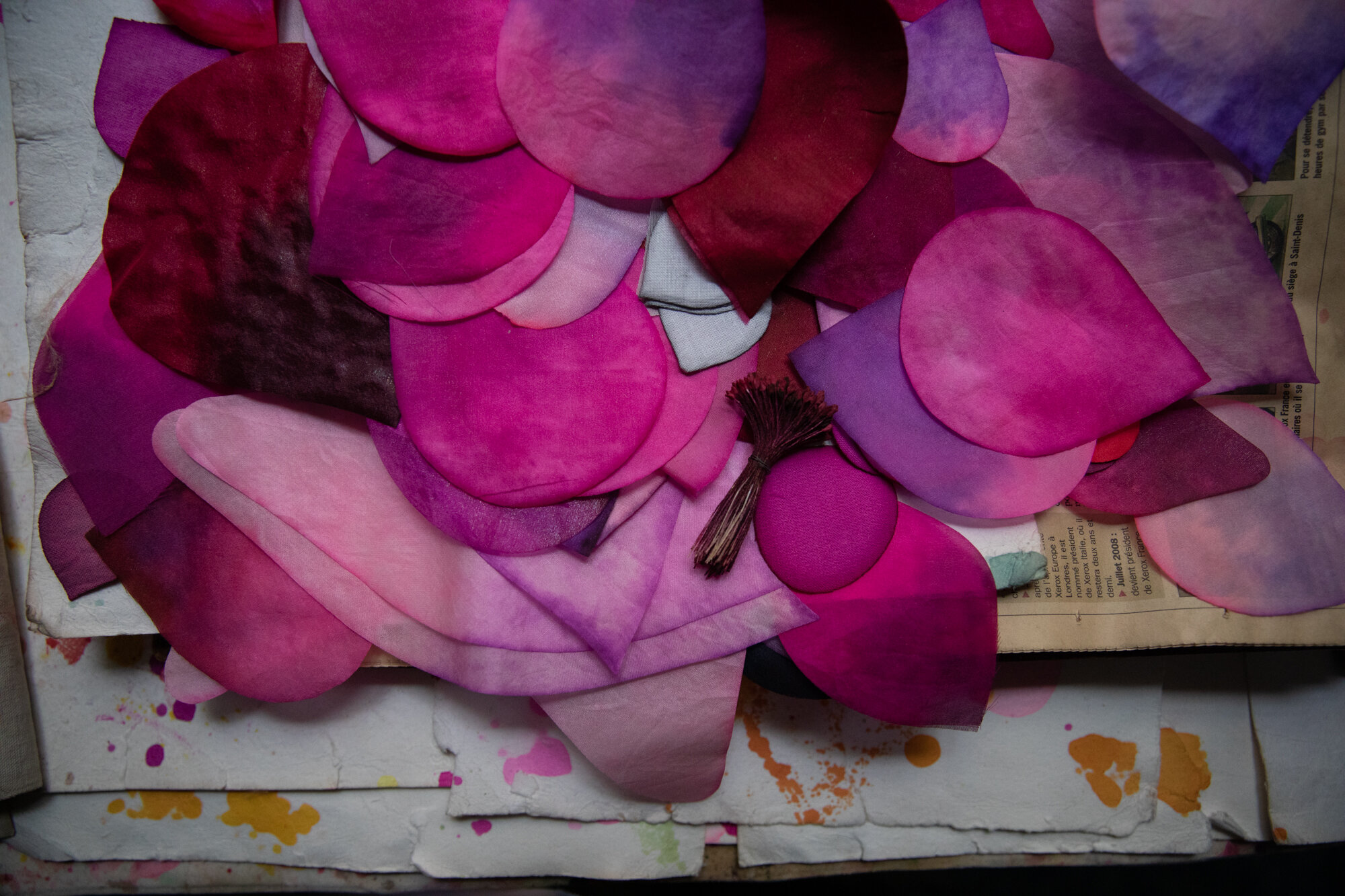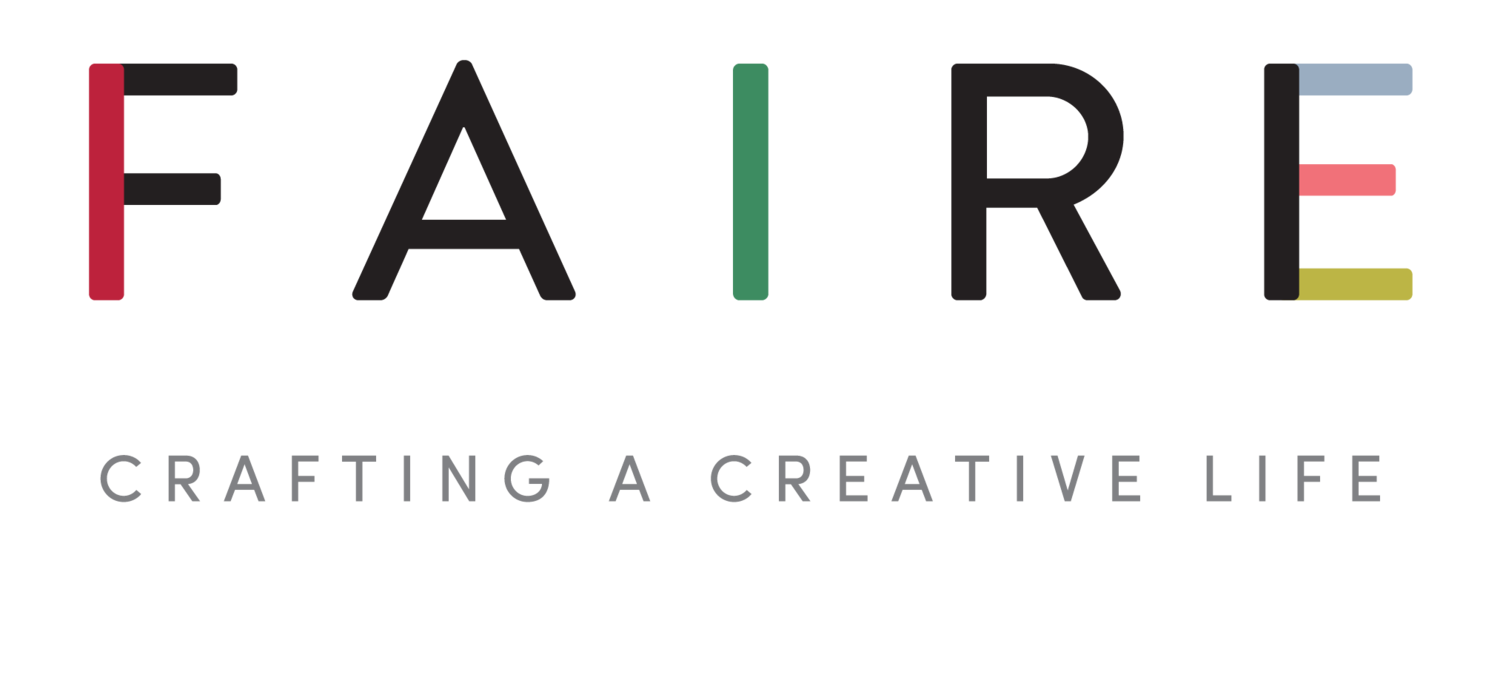SUBMIT YOUR STORY!
It is my dream that FAIRE will share the stories of creatives and artists from all over the world, championing diverse voices and all mediums.
Are you a photographer and have a story you would like to see published;
Or perhaps you want to tell us about a creative who inspires you?
Lead Features:
In each issue, we have ten ‘lead’ features which will be given significant space (8-plus pages) with a focus on both beautiful photography and the very personal stories of each creative. From their very early childhood beginnings to finding their path to creativity, and all the turns, good and bad, in between which have helped guide them to where they are today.
Creative voices:
We have also reserved space in the magazine for spontaneous submissions, and we will leave this open to include creative writing, new talent, and illustration.
Photography is a crucial component of FAIRE Magazine. As a self-taught photographer who learned from the ground up how to shoot and tell a compelling creative story for magazine editorial, I want to share some tips that I have learned along the way. Please scroll down to see our dedicated section for tips on strong visual storytelling.
Every issue we publish will have a common thread that unites the features together. We are also very conscious that every individual issue needs to be balanced in terms of featuring only one creative for each medium ( i.e. ceramics/woodwork/painting/jewellery making/textiles/printmaking/woodwork/food/florals / etc).
We cannot guarantee that your personal submission will be published, but we will respond to each and every person, and let you know the outcome.
Ruth Ribeaucourt, Editor in Chief
Note on Transparency
As FAIRE is an independent magazine start-up, we are unfortunately not currently in a position to pay for submissions.
It is our goal to build this magazine to become something beyond a printed and online platform for strong creative work to be published. We want FAIRE to become a part of a healthy ecosystem that commissions, supports, and remunerates creative voices. We are building slowly but surely and we would love to think that by Issue Nine we will be in a position to commission stories.
Make it stand out.
Artists & Creatives
Submit your personal story
Have a read through the photography guidelines below. This will be critical for each submission.
Drop us an email with your biography, your Instagram handle/website, and ten low-res photographs in a pdf format or attachment including a portrait, your work, and your atelier/studio space.
It is really helpful that we get a sense of the story in the email. You can include a link to a larger portfolio but please send us as many photographs within the email (as an attachment or embedded) as possible.
Photographers
Submit a compelling creative story
Read through the photography guidelines below.
Drop us an email with your idea, your bio, your Instagram handle / website, and a selection (5-6) of low-res photographs.
Recommend Someone
Submit a creative or friend
You can recommend friends or creatives you admire for potential features by dropping us a line with a quick note about the artist / creative and a link to their website and/or Instagram.
PHOTOGRAPHY
Beautiful photographs are essential to creating an evocative and compelling story.
We want to make sure that we show creatives’ work, studio spaces and homes in the best light possible, and that entails having plenty of photo options to choose from. Please use our Photo Guidelines listed below to guide your photography.
Photography Guidelines and Tips
High Resolution
ALL PHOTOS SHOULD BE HIGH-RES
All final photos sent should be 300 dpi, the minimum for printing specs.
Photos can be sent via Dropbox or another file sharing service of your choice.
We advise you to shoot in RAW mode, not JPEG, as it gives more room for editing afterward.
Natural Light
We know that sometimes artificial light is often needed for working, especially in the darker winter months, but we prefer that all photos be taken using natural light.
In our experience, shooting with table lighting or overhead lighting tends to make images too yellow.
TIP: If lighting is low, use a tripod and opt to shoot with a slow shutter speed. As long as the subject is not moving too much, this will work just fine.
While we personally love the chiaroscuro style which many of our favourite photographers shoot in, it doesn’t work well in magazines. Please try and avoid submitting photography that is too dark.
Remember to tell a Full Story
We like to get an idea of what an artist’s creative process looks like (without giving away too many trade secrets). As such, we request a good mix of:
Process photography with the creative making their work: ideally as many steps as possible to demonstrate visually the start-to -finish process for a single project.
We love giving our readers a “fly on the wall'“ sneak-peek into artists’ working space: peeking inside tool boxes and drawers of supplies, a shelf laden down with inspirational objects or collections, sketch books, etc.
Please include BOTH a selection of close ups AND a selection of full-room shots and half-room shots that give us an idea of how the creative space and home is laid out.
A portrait: best to include a few options; don’t forget to flag your favourite portrait option.
A good mixture of landscape and portrait format photography.
Tips for shooting makers stories
To capture interior shots of studio spaces and homes, I always use a tripod and find a height that is approximately what I would see if I was seated. This gives the reader a more intimate glimpse inside a space.
We love real-life creative messes. However, with that said, before you shoot, take a quick look at your frame and remove anything that is too distracting. My pet peeve is plastic, bin bags, and rubbish. I never want to do too much for fear of extracting the very soul and spirit that makes a creative space so unique…
Watch how the subject moves when they are making. Then ask if they can slow that down or even stop mid-movement. This allows you to capture the shot without any blurring.
Don’t be afraid to get down on the floor, to move around, to try different angles… flat lays, straight on, close up.
